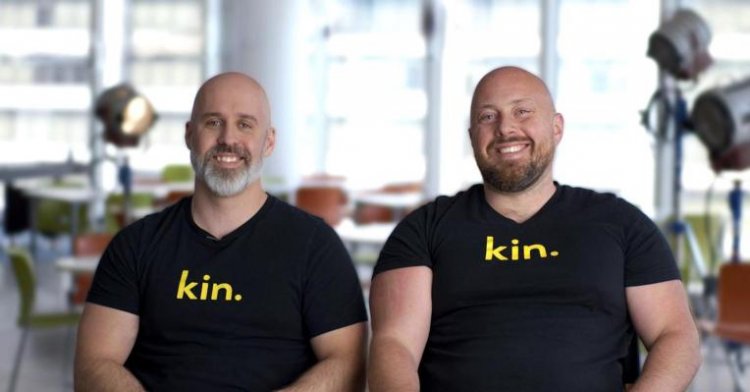Live near an ocean? Kin Insurance’s data aims to more accurately predict home risk
By using data and technology to accurately price the risk, Kin Insurance is able to remove some of the costs of traditional insurance firms, like agents.

A home in California has different insurance needs than a home in Nebraska, and Kin Insurance believes data and technology can determine the best way to insure homes where insurance is harder to get.
It’s been a few years since we caught up with the Chicago-based direct-to-consumer home insurance company after it raised $4 million, but CEO Sean Harper told TechCrunch that among the $110 billion home insurance market, half of the homes are in regions exposed to extreme weather and fires.
“There is a lot of demand for insurance because people are increasingly moving to those places,” he added. “There are some places in the U.S. where you shouldn’t live, like on a barrier island or in historic flood planes. However, if you choose to live there, insurance is expensive. Using a special sauce of the technology, we are good at understanding that a county is big, and you shouldn’t be painting every home with the same brush.”
Harper, who co-founded the company with Lucas Ward, Jason Heidkamp and Sebastian Villarreal, explained that legacy insurance companies don’t have the data needed to determine which homes are risky and which ones are not, so they often end up making a leap at pricing, resulting in higher underwriting.
Instead, by using data to accurately price the risk, Kin Insurance may not always be the lowest price, but on average, ends up being cheaper because the company is better at segmenting the risk and using technology to take some of the costs out of it, like agents. He estimates selling insurance through agents costs 20% of the total premium on an ongoing basis.
Harper also says it made sense 50 years ago to have local agents, but technology is so that insurance companies can not go directly to the consumer and still offer similar customer service via email, text, chat or telephone.
After raising $80 million in Series C funding last April, Kin Insurance was poised to merge with Omnichannel Acquisition Corp., a special purpose acquisition company, to go public. However, in January, the company decided not to move ahead with the deal, Harper said.
“Part of it was that the public market conditions were not great,” he added. “We went all the way through the SEC process, but weren’t seeing the kind of market for tech companies that was there a year ago. There will be a time in the future when the market is good for tech companies again, and Kin will go public.”
As the company was deciding whether to remain private, venture capital firms were lining up in case it didn’t.
Today, the company announced it raised $82 million of a Series D round that Harper expects will officially close at $100 million. QED Investors led the round and was joined by existing investors Commerce Ventures, Flourish Ventures, Hudson Structured Capital Management Ltd. (HSCM Bermuda), Alpha Edison, Allegis NL Capital, Avanta Ventures and August Capital, and new investors Geodesic Capital and PROOF.VC. In total, the company has raised $133 million in equity funding and $50 million in debt, Harper confirmed.
Kin Insurance is among its insurtech peers experiencing rapid growth, and in its case, closed 2021 with $150 million in premiums, up from $25 million in 2020, and with it, attracting new capital. Harper expects that growth trajectory to continue this year with the company on a path to close on moer than $250 million in premiums in 2022.
In addition to growing its premiums over the past year, the company grew its employee headcount to 450 from 250 at the beginning of 2021.
The company is already operating in Florida, Louisiana and California, which Harper says is an almost $25 billion insurance market with just those three states, and the new funding will enable the company to move into half a dozen more states this year. Kin Insurance will also focus on investment in marketing, data science and technology.
“More data about claims makes underwriting pricing more accurate,” Harper added. “That is the big difference in how we do our underwriting versus the legacy companies, and we want to make that gap wider.”







